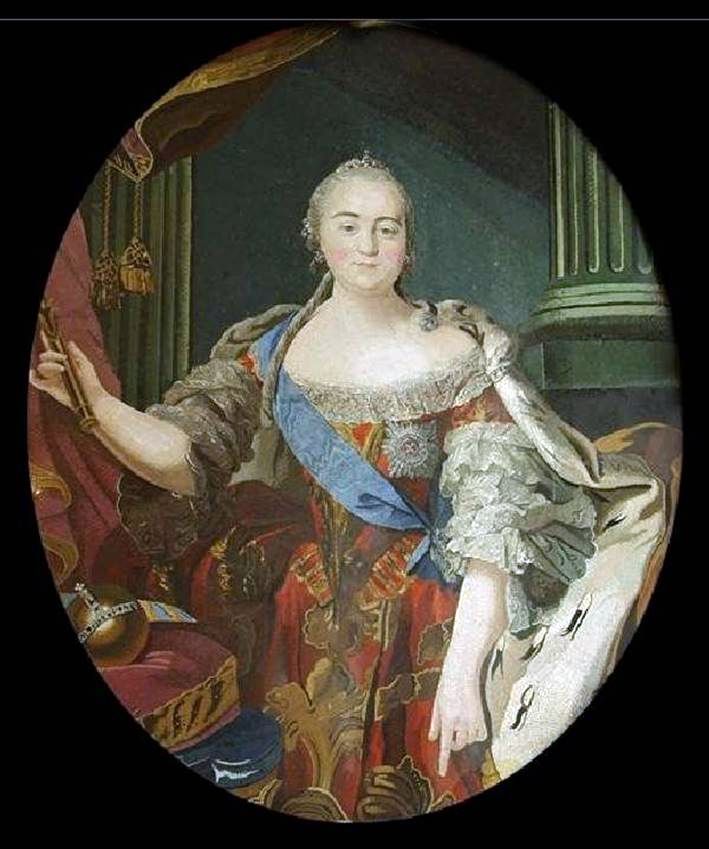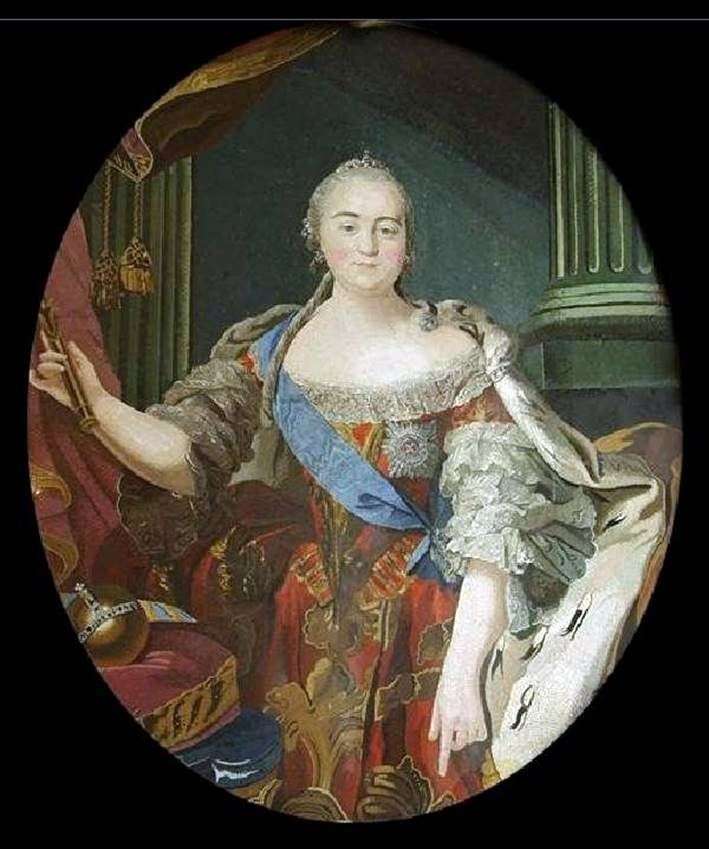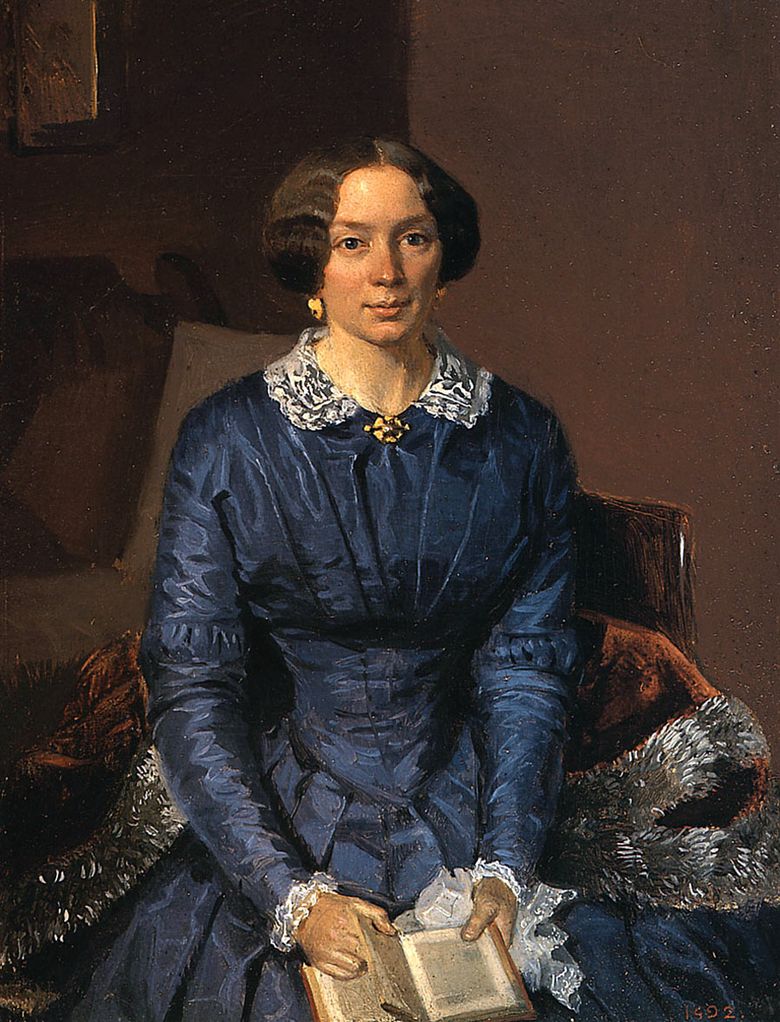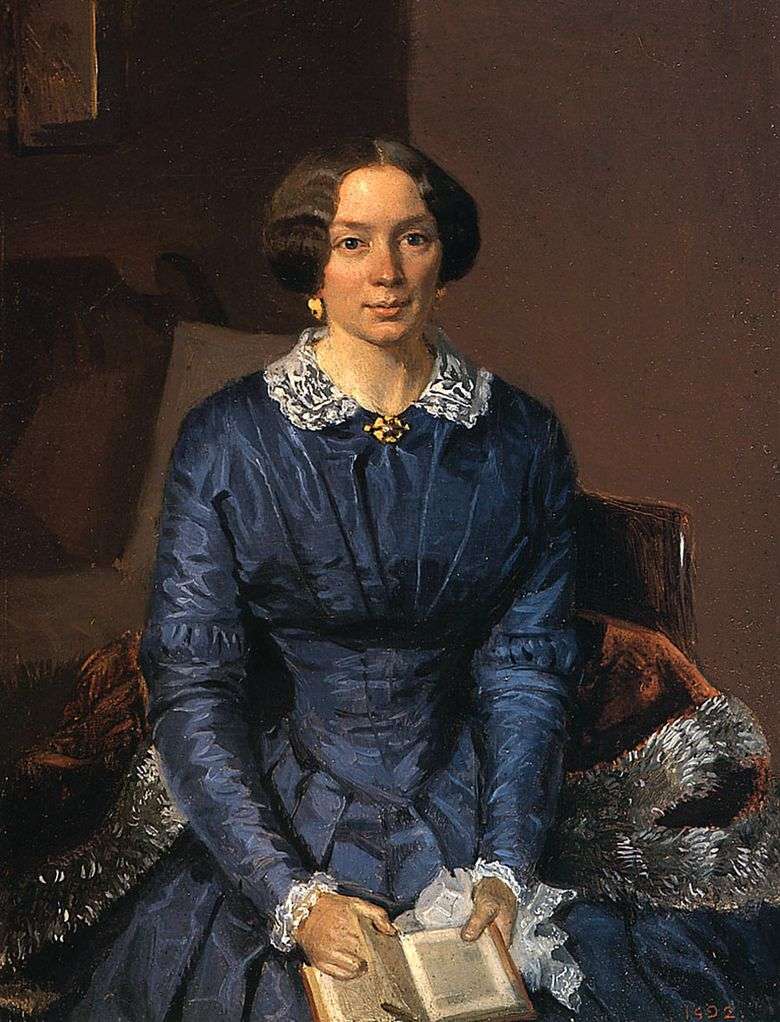
The mosaic portrait was executed in the workshop of M. V. Lomonosov, who in the second half of the 1740s began working as a glass technologist and mosaic artist. Having discovered mosaics in the St. Sophia Cathedral of Kiev and the temples of Novgorod, the scientist for many years was looking for the secret of making smalt – colored glassy masses of various shades. In Russia, this secret was lost, and in Western Europe it was kept secret.
In the first in Russia chemical laboratory organized by him, Lomonosov developed the technology and equipment for the production of smalt, and from the beginning of the 1750s began to practice creatively. In the Koporsky district near Oranienbaum, near the Ruditsa river, they established a glass-making Ust-Ruditsky factory, which produced its first artistic products in 1754.
For the set, Lomonosov used the smalts of a rather large size – up to 2 cm. The mosaic portrait of Elizaveta Petrovna is distinguished by its exquisite polychrome, the texture of objects, the softness of fabrics are brilliantly conveyed. The moire ribbon of the Order of St. Andrew the First-Called consists of blue, azure, blue smalts, wonderfully matched by sound.
Elizaveta Petrovna – Russian Empress since 1741. The younger daughter of Peter I and his second wife Catherine Alekseevna, nee Martha Skavronskaya, from 1725 – Empress Catherine I.
 Portrait d’Elizabeth Petrovna
Portrait d’Elizabeth Petrovna Retrato de Elizaveta Petrovna
Retrato de Elizaveta Petrovna Portrait of princes Anna Petrovna and Elizabeth Petrovna by Louis Caravacq
Portrait of princes Anna Petrovna and Elizabeth Petrovna by Louis Caravacq Horse portrait of Elizabeth Petrovna with a butterfly by Georg Khristofor Groot
Horse portrait of Elizabeth Petrovna with a butterfly by Georg Khristofor Groot Portrait of Elizabeth Petrovna Zhdanovich by Pavel Fedotov
Portrait of Elizabeth Petrovna Zhdanovich by Pavel Fedotov Portrait de la princesse Anna Petrovna et Elizabeth Petrovna – Louis Caravac
Portrait de la princesse Anna Petrovna et Elizabeth Petrovna – Louis Caravac Portrait d’Elizabeth Petrovna Zhdanovich – Pavel Fedotov
Portrait d’Elizabeth Petrovna Zhdanovich – Pavel Fedotov Retrato de Elizabeth Zhdanovich Petrovna – Pavel Fedotov
Retrato de Elizabeth Zhdanovich Petrovna – Pavel Fedotov